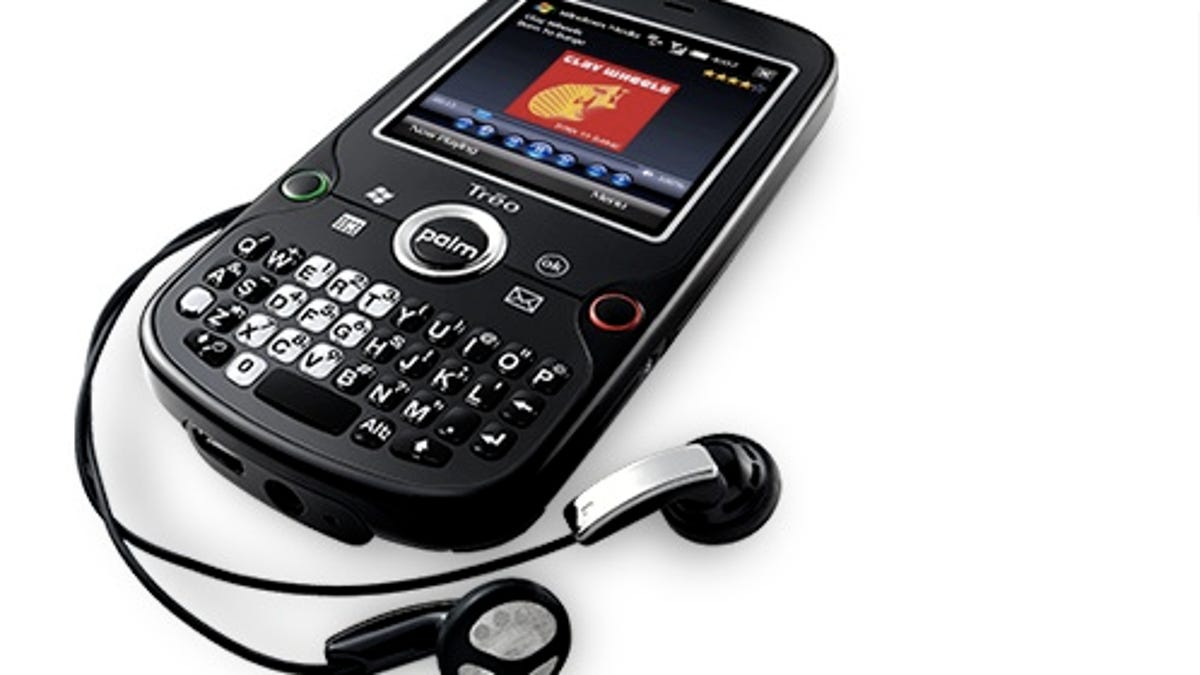Palm Treo Pro and Satisfying User Needs
A few weeks ago I wrote an article about the new Palm Treo Pro, and I was fairly critical of the new smartphone. Why? Basically because I felt that it was good, but that isn't good enough in today's dynamic smartphone market. To delve a bit more deeply in

A few weeks ago I wrote an article about the new Palm Treo Pro, and I was fairly critical of the new smartphone. Why? Basically because I felt that it was good, but good isn't good enough in today's dynamic smartphone market. To delve a bit more deeply into this I thought it might be interesting to use the Kano model to examine this further.
The model, named after its inventor, Professor Noriaki Kano, provides a simple way to think about how products meet or exceed customer needs, and differentiate themselves against the competition.
The model consists of two axes. On the vertical axis is degree of customer satisfaction. On the horizontal axis is how well the feature or capability was executed, from poorly/not at all, to very well done.
Onto this we can plot three different types of needs -- Excitement, Performance and Basic:
Performance needs: These are primarily quantitative things about technical performance (mpg, 0-60, hold-time on a customer service call), and are often easily articulated by customers and are top-of-mind. For the sake of simplicity this is averaged out to a 45 degree angle - in other words product performance and execution matches customer expectations in a linear manner in a chicken-egg cycle.
Basic needs: Expected features which customers take as a given (and are therefore usually unstated). Having them does not improve your position, but leaving them off results in harsh assesments. Even the best execution on basic needs leaves a "neutral" assessment by a customer. So basic needs have diminishing returns over time, and always stay at or below the horizontal axis.
Excitement needs: These are the "wow" factors that differentiate from the competition by achieving something that customers had never even thought of but which have obvious benefit. Presence of exciters is a big differentiator, but lack of them is not a disappointment as they are not expected. By definition, excitement needs start above the middle point.
It's such a fine line between stupid and clever
I wrote a post a couple of years ago riffing off the classic line from This is Spinal Tap - basically the idea being the it's not always easy to tell when an idea is good or bad, and often the timing of it makes all the difference.
Kano posits the same thing: needs change over time - exciting becomes performance becomes basic.
When telephones first came out, people were ecstatic that they could talk with friends without leaving the house. It didn't bother them that the phone was attached to the wall and they couldn't stray more than a couple of feet from it. It just wasn't necessary to have a cordless handset with a built-in answering machine. These things came along later as the technology matured. But if you tried to introduce a tethered handset now (outside of an office setting), forget it. (Though I have to admit we recently bought one for our house, for $9 from Radio Shack, because we wanted an emergency phone for earthquakes...)
In the case of the Treo Pro, my take is that it is delivering well on the Basic and Performance Needs. In other words, it checks all the right boxes for what a smartphone needs to do at this point in time. But what it lacks (except for perhaps current Treo users, who are happy it exists at all) are "wow" factors like the iPhone's touchscreen and gorgeous UI, or Android's promise of endless developers, or the much lower price of some other smartphones. It's not bad on anything, it's just not outstanding. And because this is its position on day of release, the market context will just get worse for it over time. The smartphone market is at an inflection point right now of shifting from niche to mainstream, and lots of competitors are going to start piling on. This will result in a quickening pace of exciters shifting to performance and basic. It happened quickly in the cellphone market (just as Motorola how much luck it had keeping up after the initial success of Razr), and will happen at least as quickly in smartphones.
So the Treo Pro is a good phone for right now. But Palm needs to get its skates on, because the clock is ticking.